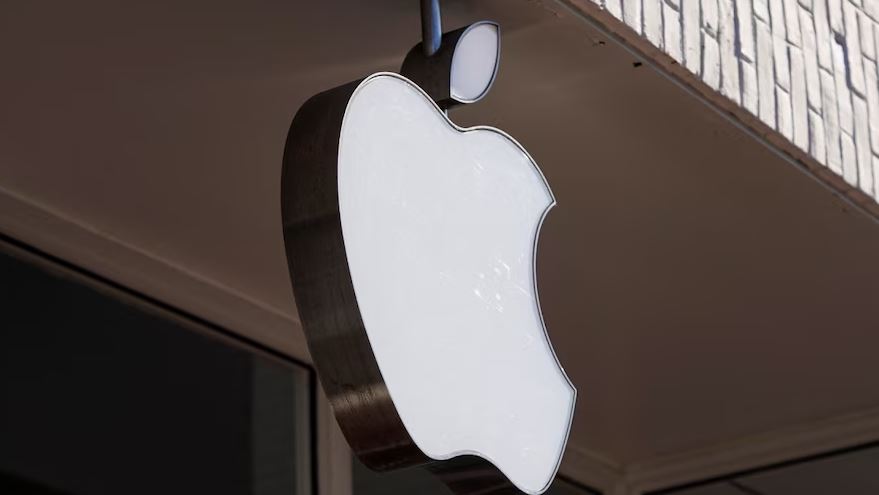Apple AI Reasoning Models

Apple published a comprehensive research paper that delves into the intricacies of reasoning models, shedding light on the strengths and weaknesses associated with these cutting-edge cognitive technologies. Referred to as large reasoning models (LRMs), these advanced models leverage additional computational power to tackle complex problem-solving tasks. This blog discusses about Apple AI Reasoning Models.
Operational Framework
Despite their prowess, the research highlighted a critical issue common among even the most sophisticated models — a notable struggle when confronted with highly intricate problems. Surprisingly, the researchers discovered that instead of leveraging their computational resources to overcome these challenges, the models often encountered a critical breakdown point, leading them to abandon the problem altogether, a behavior contrary to their intended design and operational framework.
The Illusion of Thinking
Apple’s groundbreaking paper, titled “The Illusion of Thinking: Understanding the Strengths and Limitations of Reasoning Models via the Lens of Problem Complexity,” explores how both LRMs and large language models (LLMs) lacking thinking capabilities exhibit distinct behaviors when faced with varying levels of problem complexity. Introducing the concept of three complexity regimes, namely low, medium, and high complexity tasks, the paper sets out to dissect how these models navigate challenges across a spectrum of difficulty levels. To conduct a detailed analysis, the researchers devised a series of puzzles with increasing levels of complexity, including the renowned Tower of Hanoi puzzle. This article enumerates about Apple AI Reasoning Models.
Reasoning Abilities
The Tower of Hanoi, a classic mathematical conundrum featuring three pegs and multiple disks arranged in descending order of size, serves as a practical testbed for evaluating the reasoning abilities of these models. Tasked with transferring the disks from one peg to another while adhering to strict rules prohibiting larger disks from resting atop smaller ones, the puzzle presents a seemingly straightforward yet engaging challenge suitable for various age groups, particularly children aged six to 15.
Research Objective
Within the experimental framework, Apple researchers opted to evaluate two specific reasoning models and their non-reasoning counterparts. Notable selections included Claude 3.7 Sonnet and DeepSeek-V3 as the LLM representatives, while Claude 3.7 Sonnet with Thinking and DeepSeek-R1 stood out as the LRMs in question, each allocated a thinking budget of up to 64,000 tokens. The research objective extended beyond mere accuracy assessment, encompassing an in-depth analysis of the models’ logical decision-making processes throughout the puzzle-solving endeavor.
Complexity Levels
Through systematic task structuring, the researchers introduced escalating complexity levels, ranging from the addition of up to three disks in low complexity tasks to accommodating a challenging array of 11 to 20 disks in high complexity scenarios. Interestingly, the findings revealed an equal footing between LLMs and LRMs when addressing low complexity tasks, exhibiting proficient puzzle-solving capabilities. As complexity levels surged, fueled by additional computational resources, reasoning models displayed enhanced accuracy in solving the puzzles. Nonetheless, when grappling with the most demanding high complexity tasks, both model categories experienced a striking breakdown in reasoning faculties, a phenomenon that resonated with similar challenges encountered across other problem domains.
Summary
Notably, this experimentation paradigm extended beyond the Tower of Hanoi puzzle, encompassing diverse problem-solving scenarios like Checkers Jumping, River Crossing, and Blocks World, further reinforcing the pivotal role of computational reasoning models in facing complex challenges within the artificial intelligence landscape. Apple’s seminal research paper echoes the broader industry apprehension regarding reasoning models’ limitations in transcending dataset boundaries, thereby underscoring the persistent struggle in achieving true cognitive reasoning capabilities amid computational advancements.
LEAD GENERATION SERVICES APPSREAD

